How to automate invoice coding in accounts payable
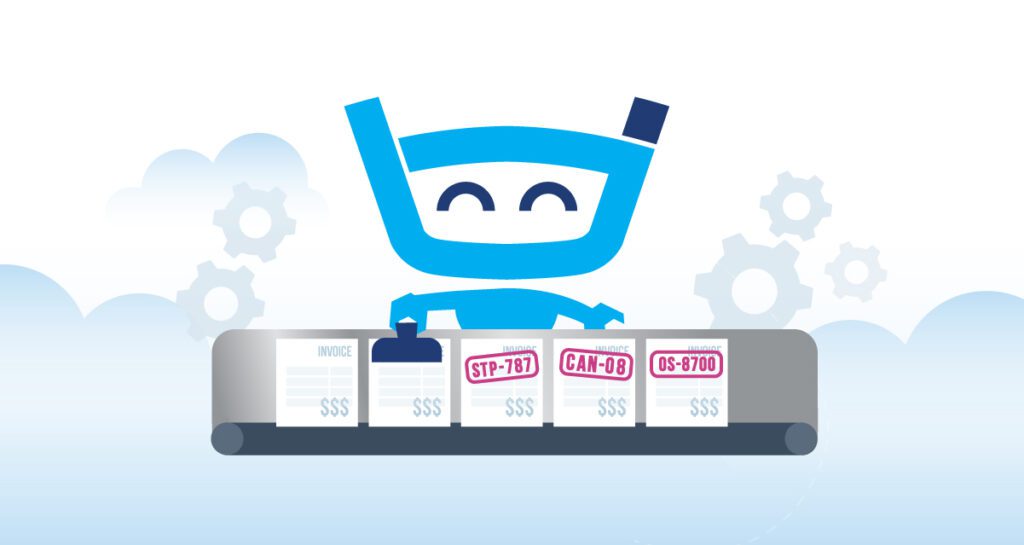
Want to know how automating invoice coding can benefit your business?
Invoice coding lets you allocate and manage expenditures by location, product line, department, or project. It’s a vital tool for allocating and managing expenditures and calculating profitability. However, manual invoice coding processes can be inefficient and don’t scale up easily when your business grows.
In this article, We’ll give you a refresher on how invoice coding works, how to automate coding for PO and non-PO invoices, and the benefits of using invoice processing automation for your AP workflows.
What is invoice coding?
Invoice coding is the process of adding information to an invoice using a system of unique codes. The codes connect the invoice items to the appropriate expenses in your company’s financial records. For example, if your company buys a box of pencils, the invoice for stationery can be assigned with the general ledger (GL) code.
Businesses use GL codes to track the account, department, location, project, or cost center responsible for the incoming invoice. The codes help accounts payable departments allocate vendor payments to the right budgets, track expenditures, calculate profitability and performance, and produce financial reports.
Examples of invoice codes
Most businesses have a unique coding system based on their specific needs. Some common codes include:
- Part numbers
- Locations
- Vendor or customer
- Purchase order numbers
- Department
- Expense category
Codes are usually made up of numbers and letters and can become quite complex as a business grows and adds expense categories, departments, and locations.
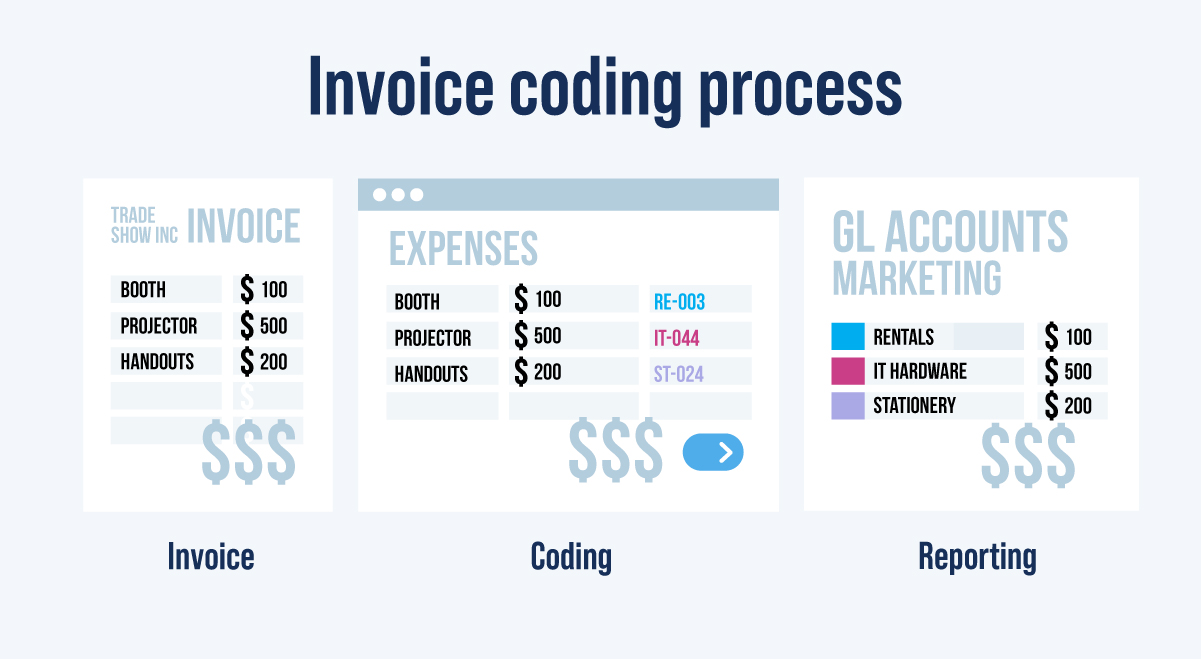
How to code invoices
The invoice coding process begins when a supplier invoice arrives at Accounts Payable. The workflow varies depending on whether the AP team is coding an invoice with or without an associated purchase order (PO). Before we look at the steps of the process, let’s take a look at the two different types of invoices.
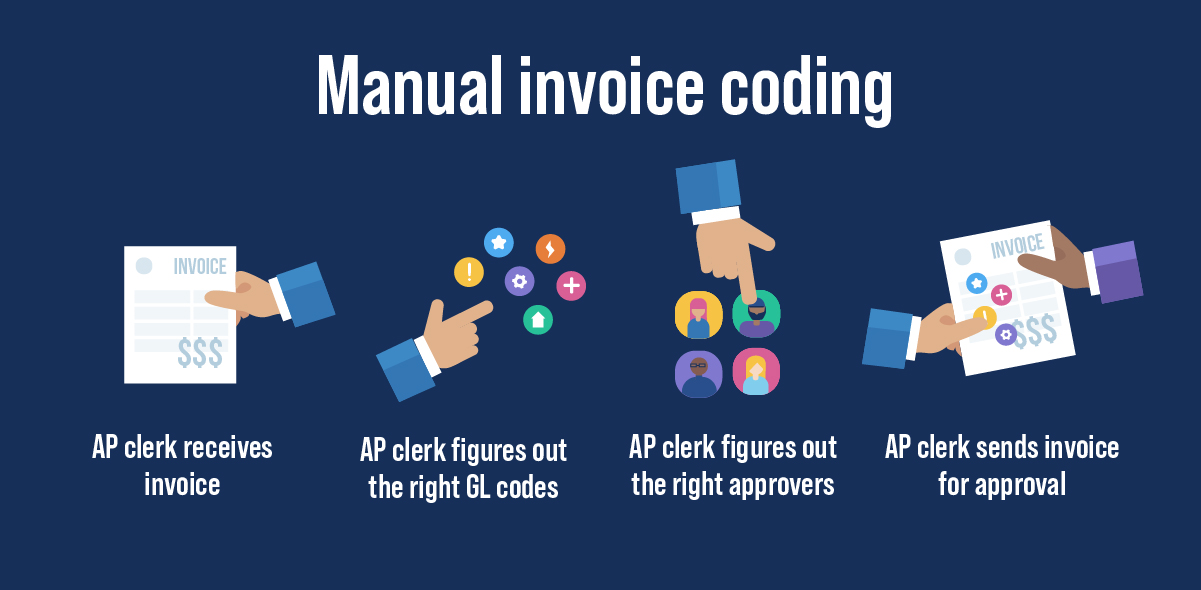
What’s the difference between PO and non-PO invoices?
PO invoice
A PO invoice (or PO-backed invoice) is for terms of a purchase that have already been agreed upon through a purchase order. Usually, the purchase order contains the GL codes or table items and other information needed to code the invoice.
Non-PO invoice
A Non-PO invoice is for a purchase not associated with a purchase order. Non-PO invoices are commonly used for services, recurring invoices, or unplanned business expenses such as repairs. They differ from PO invoices because the AP team must manually code them. Also, the costs associated with non-PO invoices may not be approved, so the invoice needs to be coded correctly to ensure it goes to the right approvers.
Coding non-PO invoices involves looking up the table items and other information needed to code the invoice, then allocating the invoice to the appropriate general ledger account and assigning a GL code.
With these differences in mind, let’s look at the steps in the invoice coding process:
Step 1: Invoice review and data entry
When a new invoice arrives, the AP team reviews it to ensure it’s legitimate, to check if the invoice is associated with a PO, and to identify the nature of the expenses. After reviewing the invoice, they manually enter the invoice data into the accounting system.
Once the AP team enters the invoice data, they manually code the invoice. As mentioned above, the coding process differs for PO and non-PO invoices. To simplify things, we’ll describe the next step as steps 2a (PO invoices) and 2b (non-PO invoices).
Step 2a: PO invoice coding
The coding process is simple if the invoice is associated with an existing purchase order.
2-way matching
The AP team tracks down the PO from purchasing so the invoice can be verified and coded. Then, the invoice authorizer verifies the invoice by ensuring the invoice details match the PO details and reconciles any discrepancies or exceptions. For example, if the PO has 10 line items, and the invoice has 8, the AP team contacts the procurement department to find out what happened to the other two line items. After they have reconciled the invoice they move to Step 3.
Step 2b: Non-PO invoice coding
If the invoice is not associated with a purchase order, the AP team must code the invoice manually. The AP team identifies the expense and determines the appropriate expense category, cost center, or department for the invoice and to which GL account it should be allocated. This can involve referring to similar expenses or contacting the purchaser for more information.
Step 3: Assign the GL code
The AP team assigns the associated GL code to the expense. Assigning the code links the expense to the right GL account and ensures the expense is recorded correctly in the company’s financial records.
Step 4: Document the coding process
After coding the invoice, the AP team records the invoice, the PO if present, the assigned GL code, and any notes or communication for future reference and to keep a complete audit trail.
Step 5: Approval and payment
After the invoice is coded, the AP team sends it to the correct approver for approval and payment, and the process ends.
The trouble with manual GL coding
Although the manual invoice coding process is a good way to track and record expenses, it can be time-consuming and error-prone, especially for growing businesses that process large numbers of paper invoices.
In AP in 2023: Expectations, Technology, Opportunity, Stampli asked finance leaders about their expectations regarding the volume of invoices their companies would receive in the near future. The results showed that almost 75% of respondents expect the number of invoices to increase, with 27% anticipating a significant increase. Additionally, over half of respondents predict that invoice complexity will grow.
As your business grows, its expenditures will grow along with it, and so will the number of GL codes you use to track those expenditures. You may face a challenge scaling manual invoice processing workflows to handle this growing workload and complexity while controlling errors and maintaining an efficient workflow.
The process of identifying and coding expenses is also labor-intensive. For example, identifying and correctly coding expenses for a non-PO invoice could require tracking down codes in a spreadsheet, ERP, or even another employee’s memory.
By streamlining these manual tasks, automation makes invoice coding faster, more accurate, and more scalable, so it supports your business growth.
How does automated invoice coding work?
Automated invoice coding is a core component of invoice processing software. It leverages AI and machine learning to capture invoice data and add the right vendor, GL codes, expense accounts, and cost allocations.
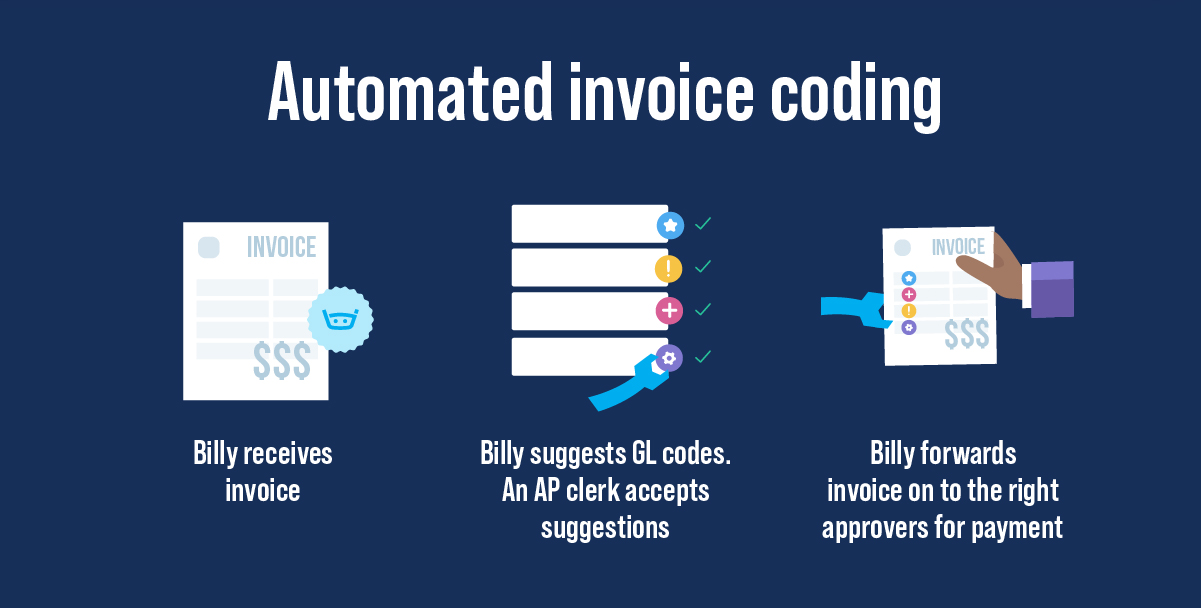
To demonstrate how automated invoice coding works, we’ll show you how Billy the Bot™, Stampli’s AI assistant, codes an invoice.
Step 1: Invoice data capture
When an invoice arrives in Stampli, Billy uses optical character recognition (OCR) technology to capture invoice details like the vendor name and address, invoice number, date, line items and amounts, taxes, and total due and centers the information on the invoice.
After extracting the invoice data, Billy codes the invoice. As with the manual coding process, the automated invoice coding process differs for PO and non-PO invoices. To make things easier, we’ll split the next step into Step 2A (PO invoices) and Step 2B (non-PO invoices).
Step 2A: PO invoice coding process
If the invoice is associated with a PO, Billy automatically associates the invoice with the appropriate purchase order. Then, depending on whether the company is using an API or file integration with its ERP, it either accesses the PO directly in the ERP or uploads the PO from the integration file. Once Billy has the PO, it extracts the GL codes and codes the invoice in Stampli.
2-way matching
After coding the invoice, Billy matches the invoice details against the PO details to verify the invoice. If the details don’t match, Billy flags the discrepancy for the AP team to investigate. If the details match, the invoice is forwarded for approval and payment processing (Step 3).
Step 2B: Non-PO invoice coding process
If Billy detects that the invoice isn’t associated with a purchase order, it automatically identifies the cost center and expense type and codes the invoice in Stampli. If Billy needs clarification about a detail, it will flag the detail for the AP team to verify or correct it.
Billy uses machine learning to learn your accounts payable process and code invoices without manual data entry. It can also learn your GL codes by integrating with your ERP or accounting software.
Once Billy has coded the invoice, it forwards the invoice for approval and payment processing (Step 3).
Step 3: Invoice approval and payment
After coding the invoice, Billy forwards it for approval and B2B payments processing. Billy learns your approval workflow over time, so after processing a few invoices, it will start suggesting the appropriate approver. For example, if your business requires the IT director to sign off on software purchases, Billy will begin recommending the IT director as the approver when it codes an invoice for software.
When the approver signs off on the invoice, Billy sends the invoice for payment processing.
The benefits of automated invoice coding
Automation makes invoice coding faster and easier by streamlining your invoice processing workflow. It can have several benefits for your business:
Accuracy
Automated invoice processing systems like Billy learn from past invoices and processes and improve over time. They become better at invoice data extraction, invoice coding, and approval routing. Automation reduces the chance of human error by eliminating manual data entry and coding. However, it doesn’t automate human judgment. Leading AI-powered invoice processing solutions requires human oversight of key tasks like invoice coding and approvals to ensure accounts payable teams validate the AI’s decisions.
AP automation solutions also maintain complete AP audit trails by recording every task, communication, and document in the invoice lifecycle.
Time and cost savings
Automating invoice coding saves time and money by reducing manual processing, improving payment times (and reducing late payment fees), and preventing fraud and errors.
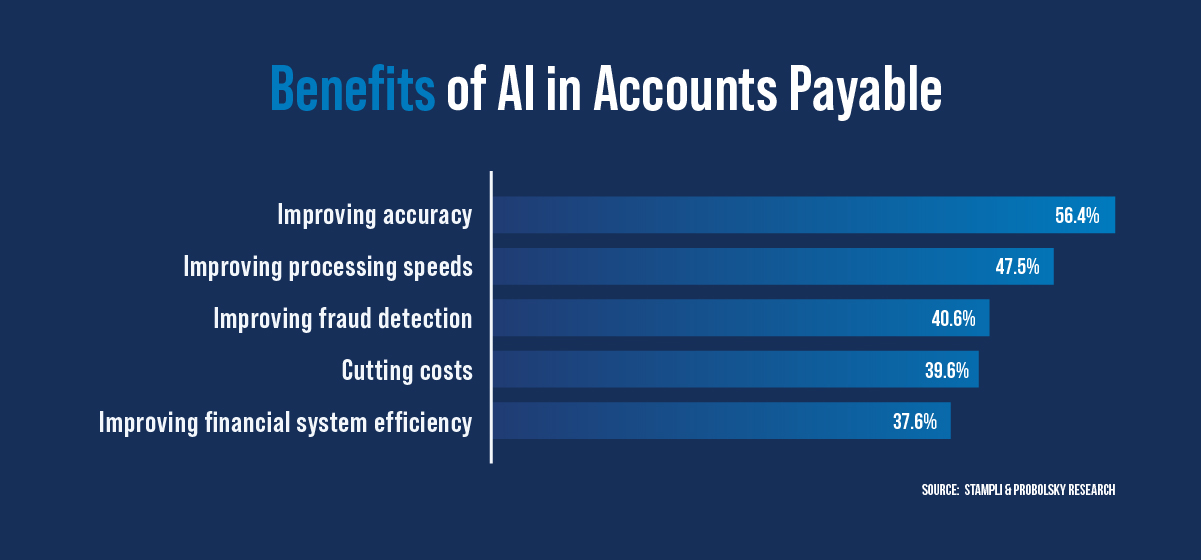
Real-time visibility and analysis
AP automation solutions identify, categorize, and record expenses faster than manual coding. They also provide powerful analytics and reporting capabilities that let you see KPIs and trends in real time. This greater visibility allows you to track profitability, cash flow, and performance and make informed business decisions.
Reassign employees
By eliminating tedious manual processes, automation lets you reassign AP employees to higher-value tasks.
Integration with ERP and accounting systems
AP automation solutions like Stampli integrate with ERPs and accounting software to share data in real time. Integration eliminates manual data entry and ensures everyone is working from the same information. Solutions like Stampli can also synchronize your GL code, vendor ID, and distribution lists to ensure accurate invoice coding.
Stampli: the industry leader in AI-powered invoice automation
Stampli makes invoice coding easier and more powerful thanks to Billy the Bot, the only AP AI assistant that adapts to your existing processes and doesn’t require rework of your ERP.
The only Accounts Payable Automation solution specifically designed to meet the unique needs of AP, Stampli optimizes invoice management by eliminating the need for external communication, ad-hoc workarounds, and manual tasks. It provides complete visibility into every transaction, ensuring accurate and fast invoice coding and processing.
Billy the Bot saves time, money, and frustration
Customers love Billy the Bot! “This is my first time working with an AP system, and Billy the Bot’s abililty to fill in the coding after a few uses is amazing,” raves one Stampli customer. “Instead of having piles of paper, everything is in one place…all the data entry is almost eliminated. Changing controls and easy set up has been great. Customer support is outstanding. We have multiple location and multiple people that do AP and it’s been easy to keep things seprate as well as know what everyone is doing.”
Recognized by AP professionals for ease of use, relationships, implementation, and getting results, Stampli is the natural choice for companies looking to find cost savings and lead innovation and transformation.
Contact Stampi today to set up a free demo.
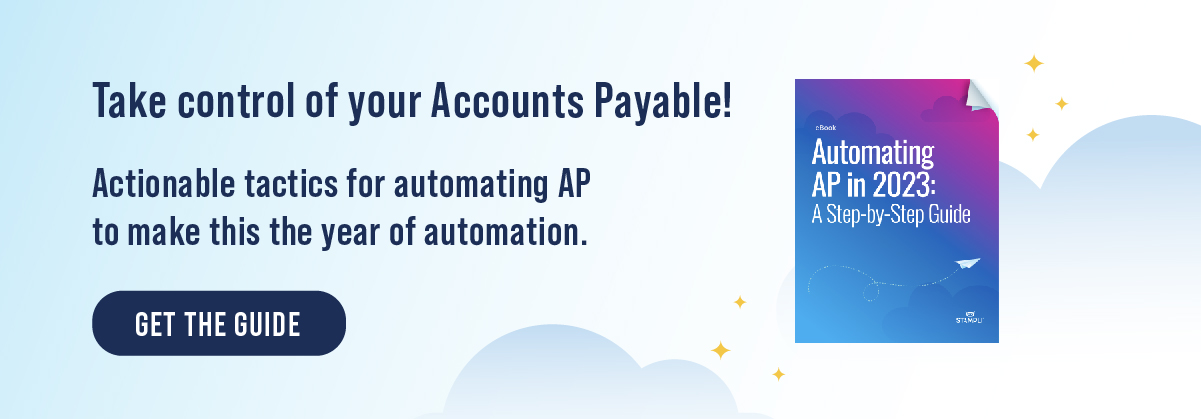
Stampli mastered coding our invoices after just a few short weeks. This has made processing invoices so much faster and much more accurate!